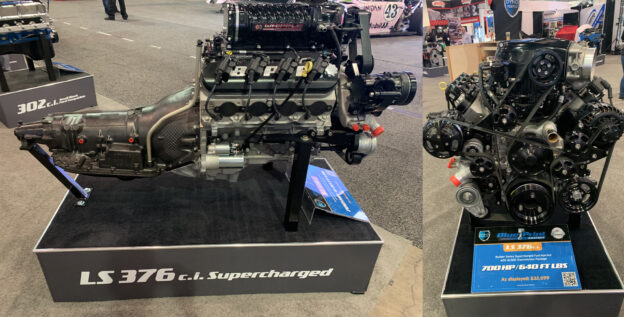
Shifting Gears: Common Automatic Transmission Problems

Transmissions are one of the most essential parts in your vehicle, acting as the middleman between the engine and the driveshaft. They also suffer more wear and tear than other parts, and failures can be expensive to repair. With this guide, you’ll learn about common automatic transmission problems so you can diagnose them early.
Problems going into gear
Once you shift into drive, your transmission should immediately go into the appropriate gears. But a balky transmission will sometimes hesitate, go into the wrong gear, or just not go into gear at all. As it gets worse, the transitions between gears become more jarring. Potential causes include problems with the gears, an open electrical circuit, failed shift solenoids, or broken valves.
Slipping gears
Another sign of trouble is your car slipping out of gear while driving. You can tell this is happening if the RPMs rev higher than normal without an increase in speed. This could be caused by worn or broken gear linkage, a worn clutch, or faulty solenoids. If the transmission only slips when it’s warm, it may mean the internal seals or valves are broken.
Low/leaking fluid
Automatic transmission fluid (ATF) is your transmission’s lifeblood, and low or leaking fluid is a common cause of failure. The resulting increases in friction, corrosion and sludge build-up can lead to the whole unit breaking down. Check your fluid at least twice a year – ATF doesn’t burn off, so if it’s low, you can be pretty sure you have a leak somewhere.
Overfull fluid
Conversely, putting too much ATF in your vehicle will also cause problems. Excessive fluid can cause foaming, which leads to shifting problems and slipping. The increased pressure can also damage internal seals and cause leaks. Fluid that is dark or smells burnt is also a sign of trouble.
What should I do?
If you suspect a transmission problem, get to a repair shop as soon as possible. Waiting until you “have the time” or “have the money” increases the chances you’ll need more of each to get it fixed. Make sure your fluid is filled adequately and is a bright red color. You’d also be surprised how many problems you can fix by replacing the filter, as clogging leads to other disasters.
Something else going bad? Check out our blogs on what to look for in a battery or alternator and fuel pump.

 Shop Store
Shop Store











